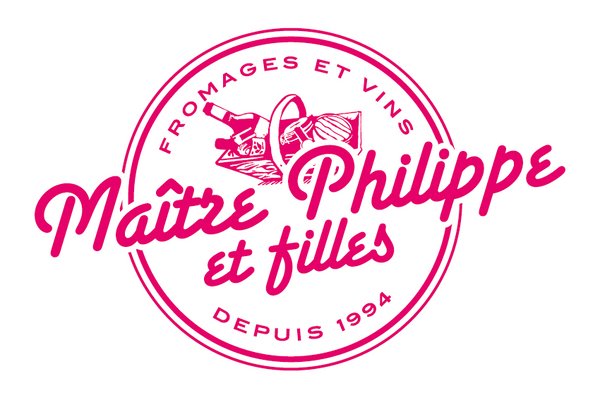A rosé is the ideal drink when it's warm outside and every evening invites you to an aperitif with friends. Whether by the pool, on the terrace, in the garden or just by the open window, in front of the front door, at the traffic light ... it doesn't really matter.
The color palette of rosé wine ranges from almost transparent pink - just think of rosé de Provence, the symbol par excellence of hot summers by the pool or on the beach - to dark coral red. Some specialists have identified nine different shades of rosé, but for many of us, the question still arises: where does the difference come from? We'll give you an answer. Easy to understand in four points.
1. Why is the rosé rosé? Is it a mixture of white wine and red wine?
Try it yourself: the mixture will be pink in color, but the taste will remind you of a diluted red wine. That's not how rosé is made - it's just not allowed. The only region where this is allowed is Champagne. Because to make a Champagne Rosé, you can mix a Côteaux Champenois Rouge (Pinot Noir) with the white grapes.
In all other cases, this practice is strictly forbidden. The rosé is a world unto itself and as in all worlds there are two sides: direct pressing and maceration.
2. Pale rosé wines: the result of direct pressing
This technique comes from southern Europe, more precisely from the Mediterranean. The best results are known from Provence. With direct pressing, the black grapes (black skin and light juice) are pressed as soon as they arrive in the cellar. Since the coloring is in the skin, it is filtered out of the juice immediately after pressing, so that it gets as little color as possible.
In a next step, the must is fermented into wine in the normal way.
Another important factor is the timing of the harvest, which takes place relatively early. In this way, the wines retain a relatively high acidity and little color and taste particularly fresh and juicy. Just like the Rosé de Provence, which has been extremely popular for years, all over the world.
That is why the pale color - symbol of summer freshness - is now internationally regarded as a reference for rosé wine producers.
3. Dark rosé wines: the result of maceration
There are also very dark rosés that look almost like light reds, and admittedly this can be confusing. The color scale here ranges from dark rose to fuchsia to neon. These wines are more complex and powerful, almost reminiscent of red wines, as already mentioned. Some good examples of this variety can be found in Portugal, particularly in the Douro and Dão. In order to extract more color, the skins stay longer in the must at the beginning of fermentation, but no longer than 24 hours. One night is often enough. These wines are therefore also referred to as rosé d'une nuit, as "rosé of a night" ... Once the desired color has been reached, everything solid (skin, sticks, etc.) is separated from the liquid and fermentation continues.
This dark rosé is mainly produced for gastronomy, because such a wine has enough power to assert itself alongside all kinds of dishes.
4. The difficult question: which rosé to drink?
Direct pressing rosé wines are the most common. If you are interested, you should try the Alento Rosé 2017, the Château Marguillière 2017 or the Dão Rosé 2017 by Álvaro Castro.
If you want "more substance in the glass", we recommend the Contraste Rosé 2017 by Conceito or the Bandol Rosé 2017 by Bunan.
So you're spoiled for choice... But in the end, as always, it's a question of personal taste: do you fancy an uncomplicated, light aperitif with friends, or are you looking for a more full-bodied accompaniment to dinner?
Summer is knocking on the door and the rosé wines are just waiting to be discovered or rediscovered by you.
Look forward to lots of fun in the glass thanks to the great work of our talented winemakers!
Our selection of rosé wines

